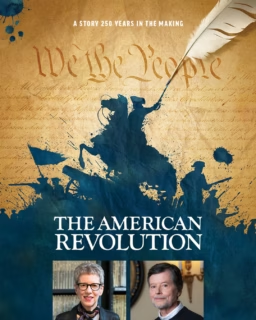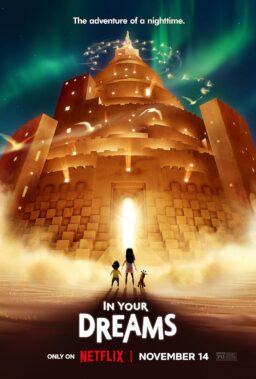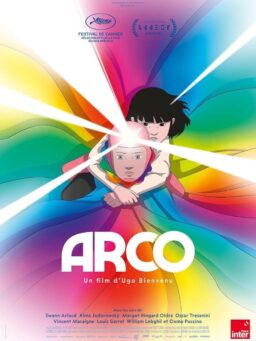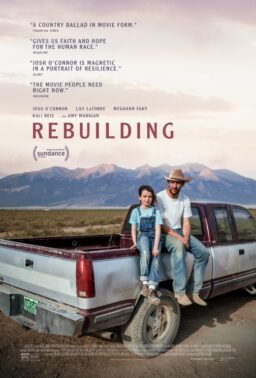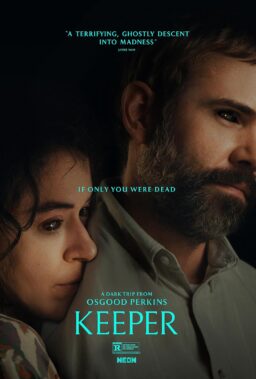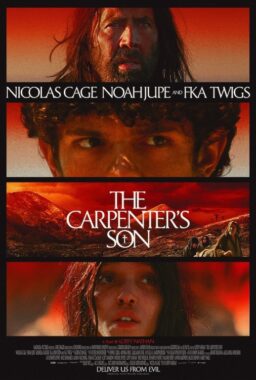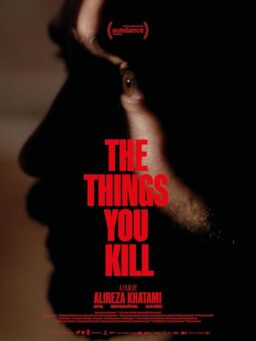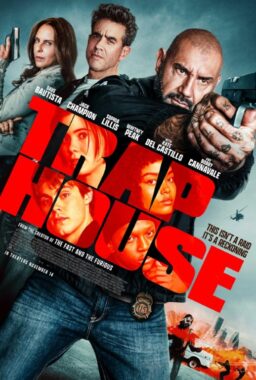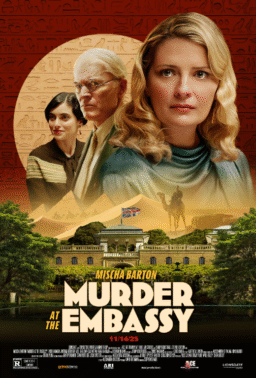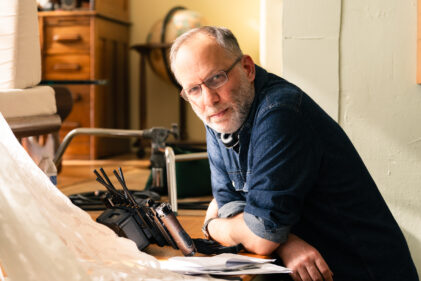“To believe in America, rooted in the American Revolution, is to believe in possibility.”
The scope of a Ken Burns project can be tough to capture in words. Of course, everyone knows that a 12-hour docuseries like the excellent “The American Revolution” can’t be shot over a weekend, but it’s underrated how much true effort goes into these massive productions. For their latest, Burns and co-directors Sarah Botstein and David Schmidt worked with longtime collaborator/writer Geoffrey C. Ward and cinematographer Buddy Squires to film over several years, even if it’s just to capture a glimpse of the American countryside in winter to amplify a segment on how brutal weather impacted the Revolutionary War.
They shot “within and beyond the original 13 colonies,” working with experts to transport people hundreds of years into the past, using footage from Valley Forge, Mount Vernon, Colonial Williamsburg, and so much more. To this foundation of intelligent filmmaking, they add a few dozen experts to offer insight and a few dozen actors to bring history to life through their own expertise. Somewhat expectedly, after years of form-shaping docuseries like “The Civil War,” “Baseball,” and “The Vietnam War,” “The American Revolution” is rich with detail and vibrant with intellectual filmmaking that seeks to serve as a definitive record of its subject.
It’s also impossible to avoid the fact that “The American Revolution” comes in the shadow of No Kings protests, which give it a different flavor than it might have had a decade ago. An early discussion of how having a standing army in Boston influenced the revolution by inspiring the locals against the perceived act of aggression echoes conversations being held in and around Chicago about the National Guard and ICE walking down the Magnificent Mile. Of course, Burns and company didn’t make “The American Revolution” as a commentary on 2025 in the Windy City. Still, it’s a healthy reminder of how history repeats itself, connecting modern issues to those who forged this country. In many ways, we’re still trying to figure out how to unify a divided country.
The biggest takeaway from “The American Revolution” is how much the eight-year War for Independence has influenced the last 250 years, not just in the United States. It’s not just the military choices of a leader like George Washington or the betrayal of a former icon like Benedict Arnold, but how the conflict shaped European history, countries in the Caribbean, and, of course, the Indigenous population of the United States. I say “of course” but the truth is that, at least when this Gen-Xer was taught about the Declaration of Independence so many years ago, the stories of how the war was one of expansion into Native American territories as much as it was a battle with those overseas weren’t exactly on the syllabus.
Also incorporated more into the historical record here are the experiences of Black people, mostly slaves, in the war, captured most vividly through the letters of James Forten, a Black Patriot who fought in the war as just a teenager, taken prisoner by the Royal Navy. Just the details of his story, heard through letters read by Morgan Freeman, are enough to fill an entire documentary or feature film.
The choice to have legendary voices read the correspondence of both famous and lesser-known historical figures gives them such dramatic heft that they wouldn’t otherwise have. There’s a bit of a game in trying to recognize the voices—Tom Hanks, Meryl Streep, Laura Linney, & Samuel L. Jackson are unmistakable while Joe Keery & Corbin Bleu are examples of ones that are harder to pin down—but every single one of these performers effectively turns history into high drama. If a history teacher reads George Washington’s letters, they have intellectual value; having Josh Brolin read them breathes life into his thoughts and words, giving a project like “The American Revolution” a desperately needed humanity, making it feel emotionally true instead of just historically accurate.
Of course, all of these elements matter. It’s the assembly of “The American Revolution” that makes it so spectacular as Burns and his collaborators segue from paintings to maps to shots of the region today to historians to actors and back again, all under the fluid narration of Peter Coyote, who almost serves as a conductor for this symphony. And, of course, there’s the dense amount of detail in all of it. You’ll learn more about Bunker Hill, Nathanael Greene, Lord Dunmore, and Valley Forge than you ever did in school.
That last one, captured in the fifth episode, is one of the richest of Burns’s career, detailing how weather and lack of resources nearly led to mutiny, and the collapse of the entire revolution. Another personal favorite is the amount of detail about the fighting in South Carolina from 1780 to 1781, when a fifth of all casualties were suffered, and how much of it was internal as Patriots battled Loyalists. It’s a preview of a Civil War to come in the not-too-distant future, and a reminder of how divided this country can be even as it’s trying to shape its future, whether that’s happening in 1780 or 245 years later.
Whole series screened for review. Premieres on November 16th on PBS, with a new episode every night for the next five nights.




